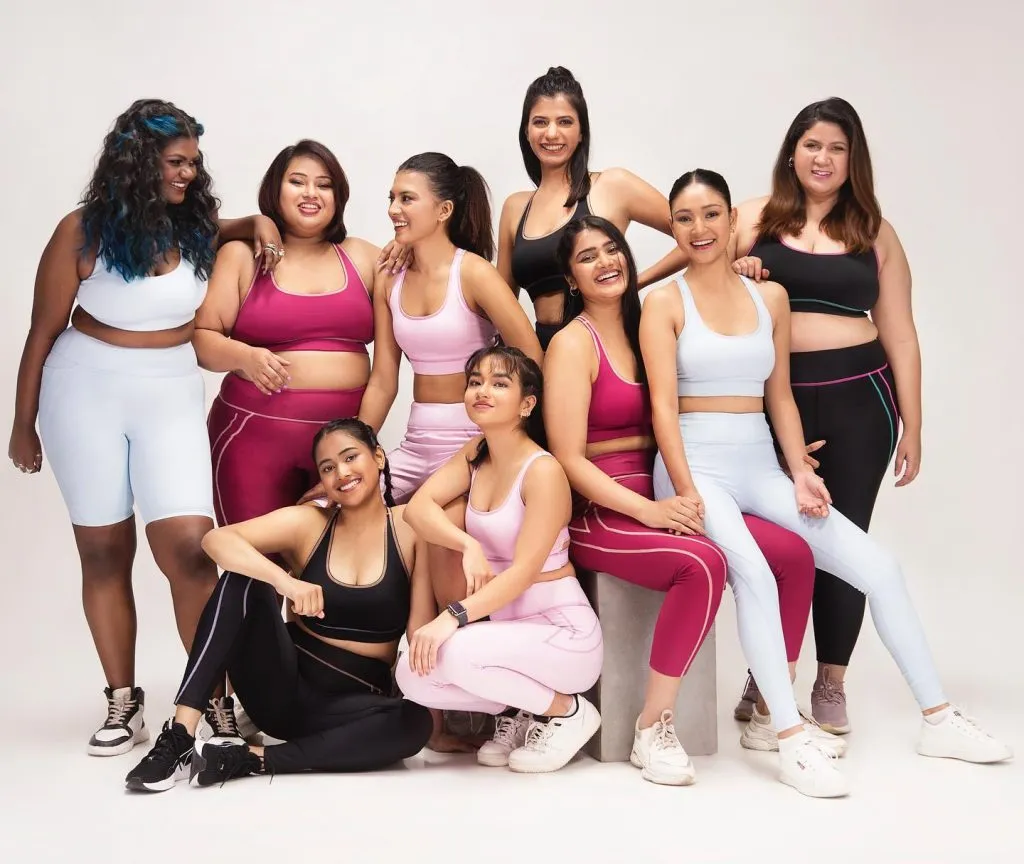Leggings, once relegated to the realm of 80s fashion faux pas, have undergone a remarkable transformation. They've shed their questionable reputation and become a wardrobe staple, propelling the global leggings market to a staggering $32.89 billion in 2022, with projections reaching a phenomenal $57.97 billion by 2031. This sartorial shift isn't just about fleeting trends; it's a story of comfort, function, and cultural change. As per Statista by 2027 four billion pairs of tights and leggings will be produced.
The leggings revolution can't be attributed solely to a change in taste. It's a story intertwined with the rise of athleisure and the increasing focus on health and fitness. Gone are the days of ill-fitting, uncomfortable leggings. Today's iterations are made from high-tech, breathable fabrics like those pioneered by California brand Vuori. Their ‘BlissBlend’ fabric, for example, uses recycled materials to create a stretchy, weightless feel. This focus on performance and comfort has resonated with a generation that prioritizes both style and functionality in their clothing.
India’s love for leggings
India's embrace of leggings is a unique story within this global phenomenon. The activewear market in India is expected to reach $1.3 billion by 2025 as per Ken Research. The country's booming middle class, with its growing disposable income and rising health consciousness, has fuelled demand for comfortable, versatile clothing. Leggings fit the bill perfectly. They can be easily integrated into traditional kurtas and salwar kameez, or worn for workouts and casual outings.
The comfort and affordability of leggings resonated with Indian women, from metros to small towns. Brands like FabIndia and AND have emerged and are offering leggings with unique prints and patterns that catered to the Indian aesthetic. Similarly, brands like House of Pataudi and The Tribe are capitalizing on this trend, offering high-performance leggings with an Indian touch.
Versatility boosts popularity
The beauty of leggings lies in their versatility. They've transcended the gym walls and become a staple in everyday wardrobes. In India, this is particularly evident. Leggings are paired with long tunics, trendy crop tops, or even saris, creating a fusion of tradition and modern comfort. This trend is being driven by social media influencers who showcase stylish ways to incorporate leggings into everyday wear.
Social media too has played a crucial role in normalizing leggings. Fitness influencers and celebrities flaunt their toned legs in trendy leggings, making them a desirable fashion item. In India, Bollywood actresses and social media stars are major trendsetters, and their embrace of leggings has further cemented their place in the fashion landscape.
A sustainable future for leggings
The leggings industry is not without its environmental concerns. The production of synthetic materials can have a negative impact on the planet. However, there's a growing awareness of this issue, and many brands are taking steps towards sustainability. German brand Hey Honey Yoga is a prime example, with their leggings being both PETA-approved vegan and OEKO-TEX certified, ensuring responsible production. As consumers become more environmentally conscious, this focus on sustainability is likely to be a major factor in the future of the leggings industry, including in India.
In fact, in India, there's a push for using organic cotton and recycled materials in leggings production. Companies like EcoWeave are leading the way, offering eco-friendly leggings made with minimal environmental impact.
Indeed, leggings have come a long way from their 80s origins. Their comfort, versatility, and ability to adapt to different styles have propelled them to the forefront of the fashion world. In India, leggings have become more than just a clothing item; they represent a shift towards comfort, functionality, and a healthy lifestyle. The future of leggings is bright, with innovation in fabrics, a focus on sustainability, and a global embrace of comfort leading the way.
Latest Publications

























